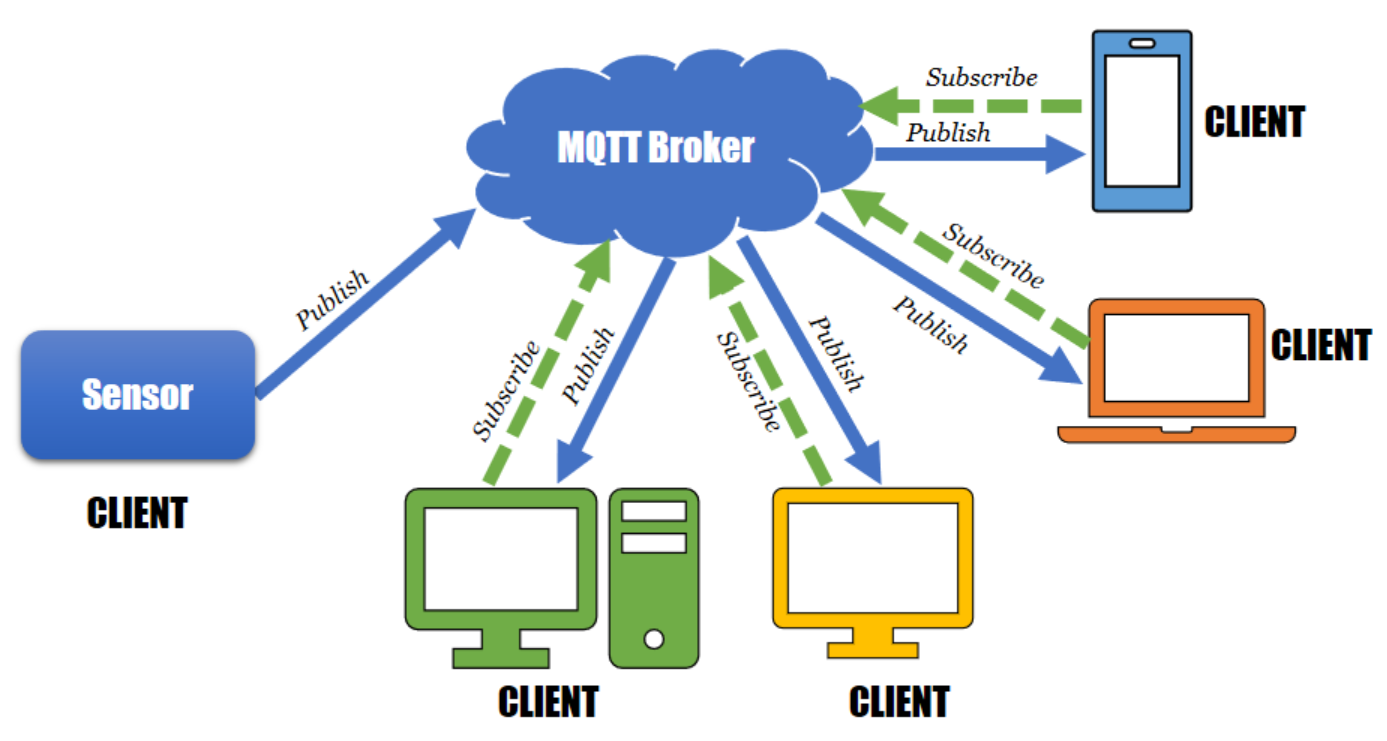The Hidden Dangers of E-Bikes- A Growing Concern

The rise of e-bikes has revolutionized the way we commute, offering a convenient, eco-friendly, and cost-effective alternative to traditional transportation methods. However, as their popularity soars, concerns about their safety are growing. In recent years, there has been a surge in e-bike related accidents, injuries, and even fatalities. This article delves into the hidden dangers of e-bikes, exploring the risks associated with their design, usage, and infrastructure.
Design-Related Risks
One of the primary concerns with e-bikes is their design. Many e-bikes are designed with a focus on speed and power, often compromising on safety features. For instance, some e-bikes can reach speeds of up to 30 mph, making them difficult to control, especially for inexperienced riders. Additionally, the lack of standardized safety protocols means that e-bikes can vary significantly in terms of quality and reliability.
Usage-Related Risks
Another significant risk associated with e-bikes is their usage. Many riders fail to follow basic safety guidelines, such as wearing helmets, following traffic rules, and being aware of their surroundings. Furthermore, the rise of e-bike sharing services has led to an increase in riders who are unfamiliar with the bikes and roads, increasing the likelihood of accidents.
Infrastructure-Related Risks
The infrastructure for e-bikes is also a growing concern. Many cities lack dedicated bike lanes, forcing e-bike riders to share roads with cars, buses, and other vehicles. This can be particularly hazardous, especially in areas with heavy traffic or poor road conditions. Moreover, the lack of adequate charging infrastructure can lead to e-bikes being left unattended, causing obstacles for pedestrians and other road users.
A Call to Action
In conclusion, while e-bikes offer numerous benefits, their risks cannot be ignored. It is essential for manufacturers, policymakers, and riders to take a proactive approach to address these concerns. This includes implementing standardized safety protocols, increasing public awareness campaigns, and investing in infrastructure development. Only by working together can we ensure that e-bikes become a safer, more sustainable transportation option for everyone.










Comments ()